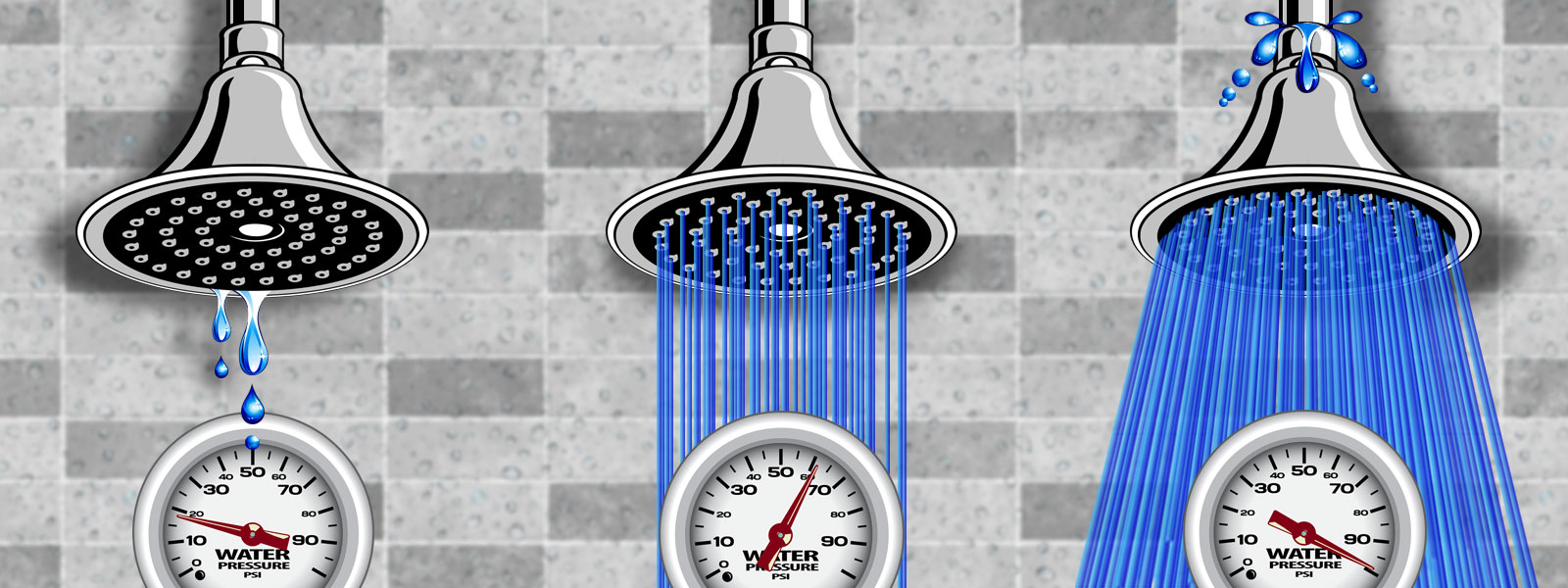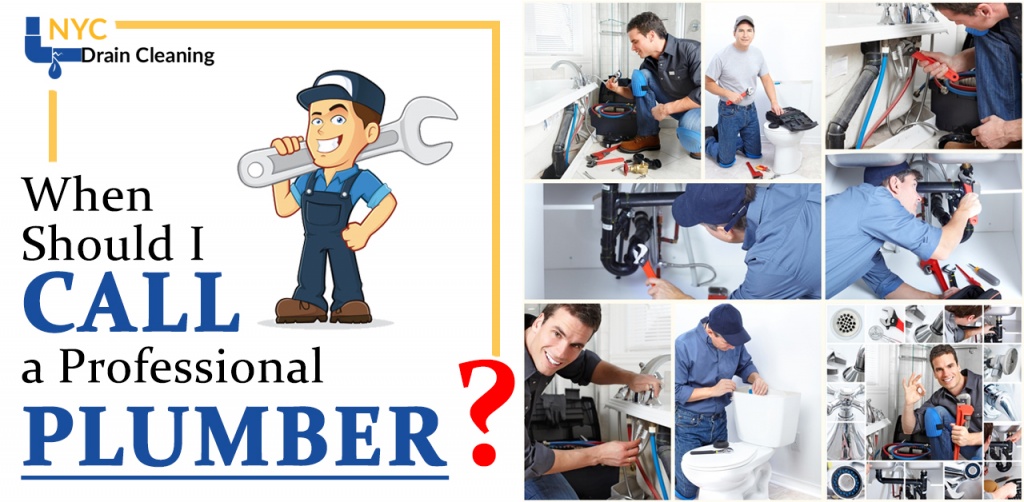If you're experiencing low water pressure in your kitchen sink, the first thing you should check is the aerator. This small mesh screen is located at the end of the faucet and helps to regulate the flow of water. Over time, it can become clogged with mineral deposits and debris, causing a decrease in water pressure. Remove the aerator and clean it thoroughly with a mixture of vinegar and water. This should help to improve the water pressure.1. Check the aerator
If cleaning the aerator doesn't solve the problem, it may be necessary to replace it entirely. You can purchase a new aerator at your local hardware store and easily install it yourself. Make sure to choose one with the correct size and thread for your faucet. This should help to improve the water pressure and also save you from having to call a plumber.2. Clean the aerator
Another possible cause of low water pressure in the kitchen sink is a partially closed water supply valve. This valve can be found under the sink, usually near the pipes. Make sure the valve is fully open and check if there is any debris or buildup inside that may be obstructing the flow of water. If necessary, clean the valve or replace it to restore proper water pressure.3. Check the water supply valve
A common cause of low water pressure in any faucet is a clog in the pipes. Over time, debris, hair, and other materials can build up and cause blockages in the pipes. You can try using a plunger or a plumbing snake to clear the clog. If these methods don't work, it may be necessary to call a plumber to assess and fix the issue.4. Check for clogs in the pipes
The water pressure regulator is a small valve that helps to regulate the water pressure in your home. If it is not functioning properly, it can lead to low water pressure in your kitchen sink. You can try adjusting the valve to increase the water pressure, but if that doesn't work, it may need to be replaced by a professional.5. Check the water pressure regulator
Leaky pipes can also cause low water pressure in your kitchen sink. Inspect the pipes under the sink for any signs of leaks or damage. If you find any, it's important to fix them as soon as possible to prevent further damage and improve water pressure. If you're not confident in your plumbing skills, it's best to call a professional plumber to handle the repairs.6. Check for leaks in the pipes
If the low water pressure is only occurring in your kitchen sink, it may be isolated to that specific faucet. However, if you're experiencing low water pressure in multiple faucets, it could be a sign of a larger issue with the water supply or your plumbing system. In this case, it's best to call a plumber to properly diagnose and fix the problem.7. Check the water pressure in other faucets
If you've ruled out all other possible causes, it's important to check the water pressure from the main supply line. You can do this by attaching a water pressure gauge to an outdoor faucet or the main shutoff valve. The ideal water pressure for a residential home is between 45-55 psi. If the pressure is significantly lower, it's best to call a plumber to investigate and address the issue.8. Check the water pressure from the main supply line
If all else fails, it may be necessary to replace the entire faucet. Over time, faucets can become worn or damaged, which can lead to a decrease in water pressure. You can choose a new faucet that is designed for better water flow and pressure. Make sure to follow the installation instructions carefully or hire a professional to ensure it is installed correctly.9. Replace the faucet
If you've tried all of the above solutions and are still experiencing low water pressure in your kitchen sink, it's best to call a professional plumber for help. They have the knowledge and equipment to properly diagnose and fix the issue, ensuring your kitchen sink has proper water pressure once again. Dealing with low water pressure in your kitchen sink can be frustrating, but with these tips, you can hopefully resolve the issue and get back to enjoying a full, steady flow of water. Remember to regularly check and maintain your sink and plumbing to prevent any future problems with water pressure.10. Call a plumber for professional help
Why Low Water Pressure in the Kitchen Sink Can Be a Frustrating Issue in Your Home

The Importance of Adequate Water Pressure in Your Home
 When it comes to household chores and daily activities, having adequate water pressure is crucial. From washing dishes to cooking and cleaning, the kitchen sink is one of the most frequently used areas in a home. Therefore, it is essential to have a steady and strong water flow to ensure efficiency and convenience. However, if you have experienced low water pressure in your kitchen sink, you know how frustrating and time-consuming it can be. This issue can significantly impact your daily routine and make simple tasks more complicated and time-consuming.
When it comes to household chores and daily activities, having adequate water pressure is crucial. From washing dishes to cooking and cleaning, the kitchen sink is one of the most frequently used areas in a home. Therefore, it is essential to have a steady and strong water flow to ensure efficiency and convenience. However, if you have experienced low water pressure in your kitchen sink, you know how frustrating and time-consuming it can be. This issue can significantly impact your daily routine and make simple tasks more complicated and time-consuming.
The Possible Causes of Low Water Pressure in the Kitchen Sink
 There can be several reasons for low water pressure in the kitchen sink, and it is essential to identify the root cause to address the issue effectively. One of the most common factors is a clogged aerator, which is the small screen at the end of the faucet that controls the water flow. Over time, mineral deposits and debris can build up in the aerator, restricting the water flow and resulting in low water pressure. Another common cause is a faulty or old faucet, which can also lead to a decrease in water pressure. Additionally, any leaks or damages in the pipes can cause water pressure to decrease, making it crucial to regularly inspect and maintain your plumbing system.
There can be several reasons for low water pressure in the kitchen sink, and it is essential to identify the root cause to address the issue effectively. One of the most common factors is a clogged aerator, which is the small screen at the end of the faucet that controls the water flow. Over time, mineral deposits and debris can build up in the aerator, restricting the water flow and resulting in low water pressure. Another common cause is a faulty or old faucet, which can also lead to a decrease in water pressure. Additionally, any leaks or damages in the pipes can cause water pressure to decrease, making it crucial to regularly inspect and maintain your plumbing system.
How Low Water Pressure Can Affect Your House Design
 Aside from the inconvenience and frustration, low water pressure in the kitchen sink can also impact the overall design of your home. Inefficient water flow can affect the functionality of your kitchen and make it challenging to carry out daily tasks. It can also decrease the value of your home and make it less appealing to potential buyers if you ever decide to sell. Moreover, low water pressure can also be a sign of underlying issues with your plumbing system, which can lead to expensive repairs if left unaddressed.
In conclusion, low water pressure in the kitchen sink is not only a frustrating issue but also a significant concern for your house design and functionality. It is crucial to identify the root cause and address the issue promptly to avoid any further complications. Regular maintenance of your plumbing system can also help prevent this problem and ensure adequate water pressure in your home.
Aside from the inconvenience and frustration, low water pressure in the kitchen sink can also impact the overall design of your home. Inefficient water flow can affect the functionality of your kitchen and make it challenging to carry out daily tasks. It can also decrease the value of your home and make it less appealing to potential buyers if you ever decide to sell. Moreover, low water pressure can also be a sign of underlying issues with your plumbing system, which can lead to expensive repairs if left unaddressed.
In conclusion, low water pressure in the kitchen sink is not only a frustrating issue but also a significant concern for your house design and functionality. It is crucial to identify the root cause and address the issue promptly to avoid any further complications. Regular maintenance of your plumbing system can also help prevent this problem and ensure adequate water pressure in your home.








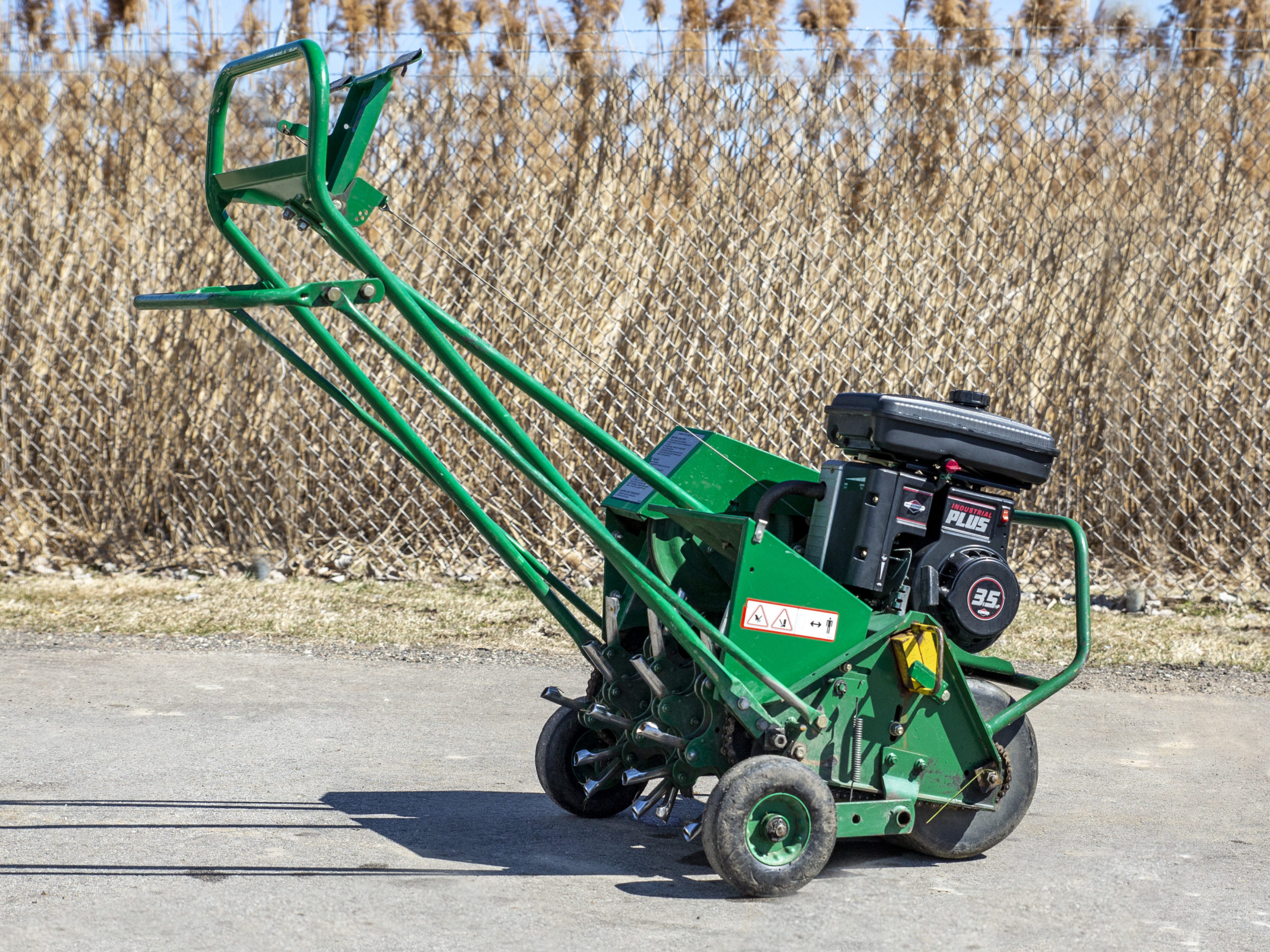

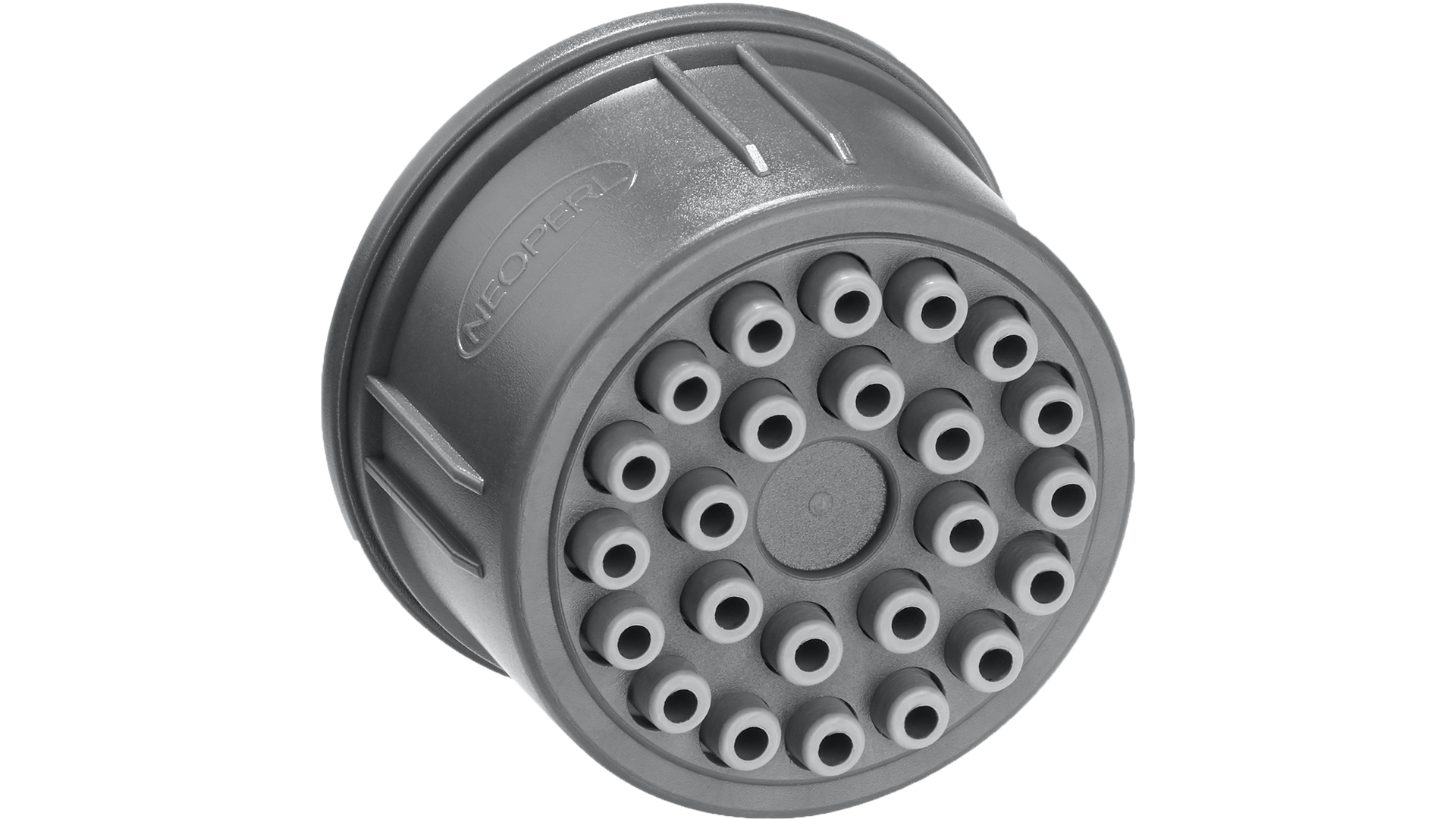
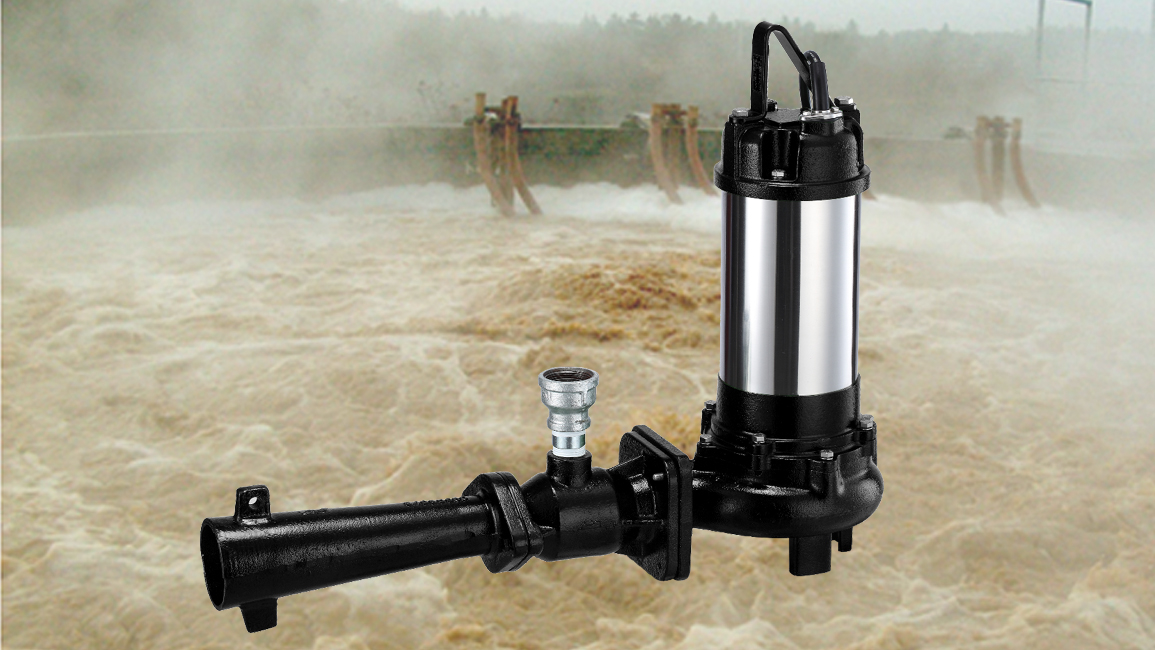


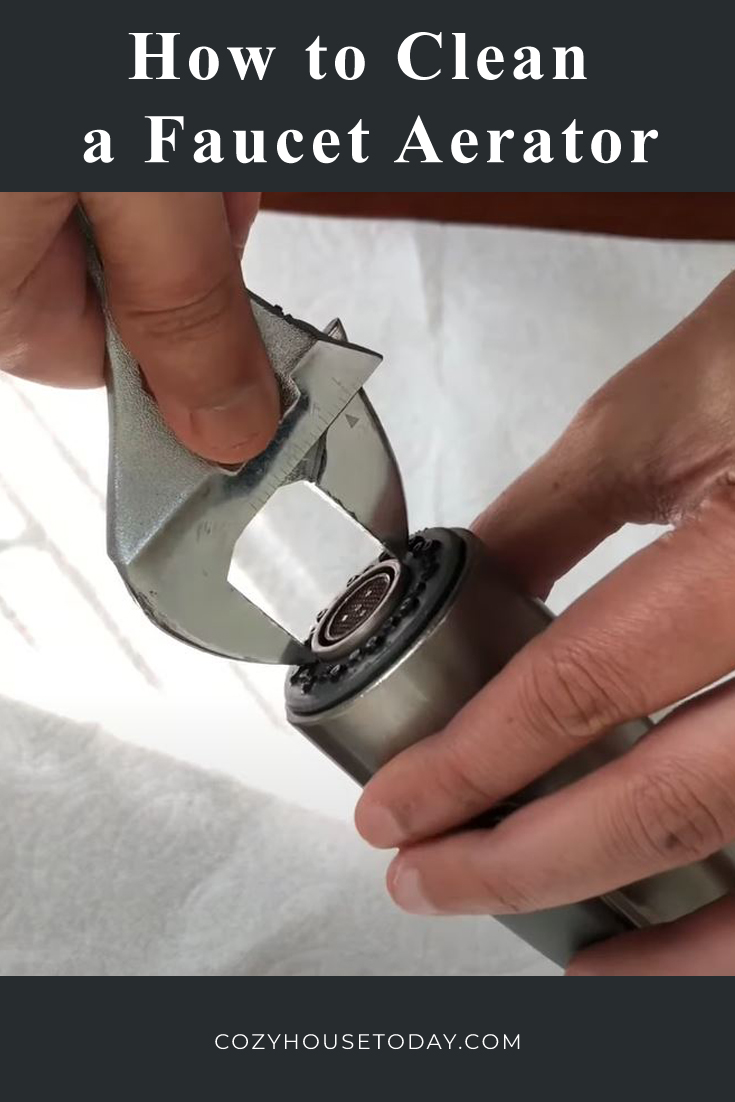







:max_bytes(150000):strip_icc()/clearing-a-blocked-faucet-aerator-2718807-07-b5a90554991f4bb69efb45a472df7f23.jpg)









:max_bytes(150000):strip_icc()/GettyImages-1057621140-78ab2e946841421d9a7efeebe02935d2.jpg)
















:max_bytes(150000):strip_icc()/the-men-s-hand-opens-the-ball-valve-on-the-collector-1006810456-5c5fc73fc9e77c000159c4af.jpg)



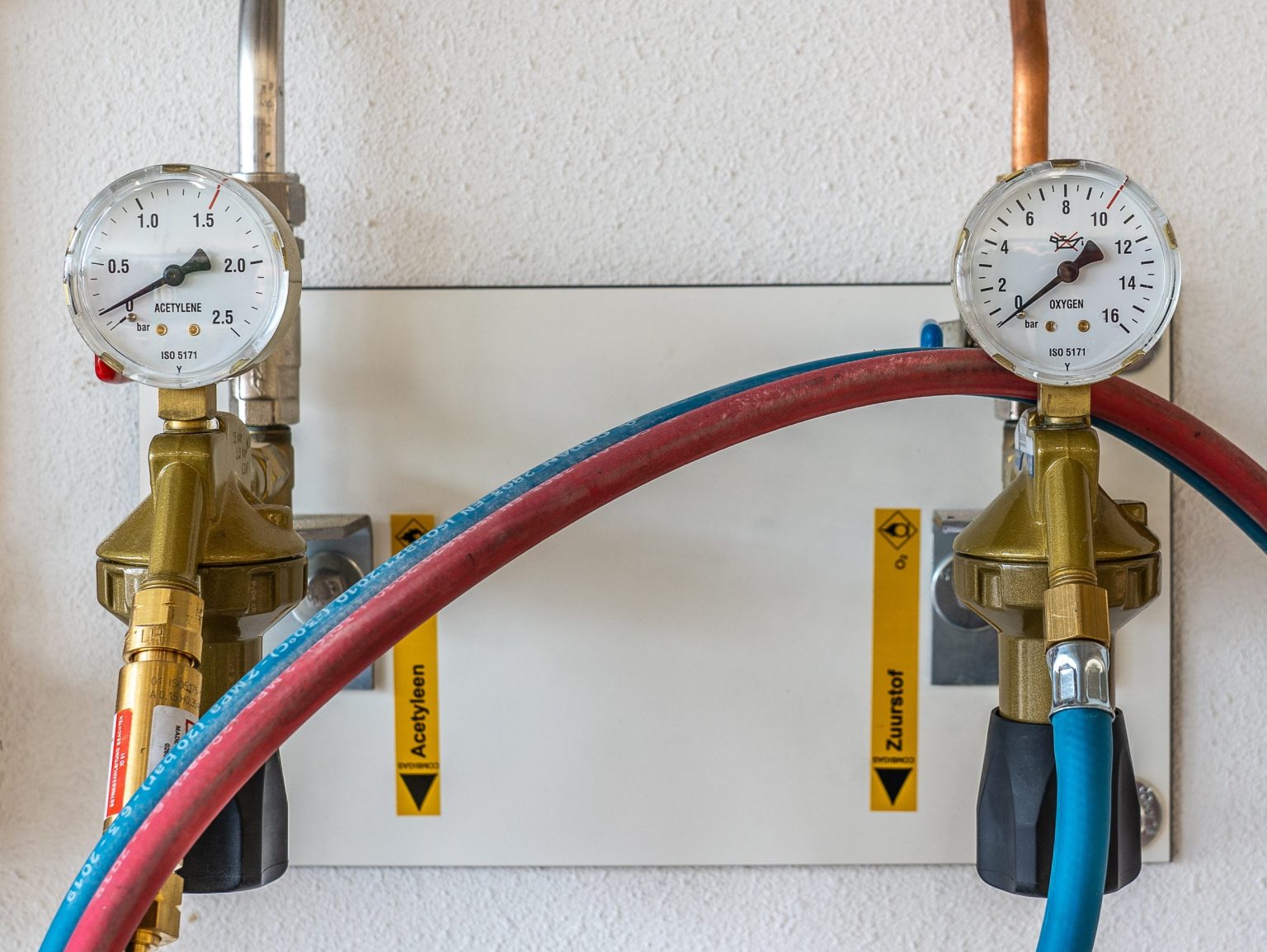
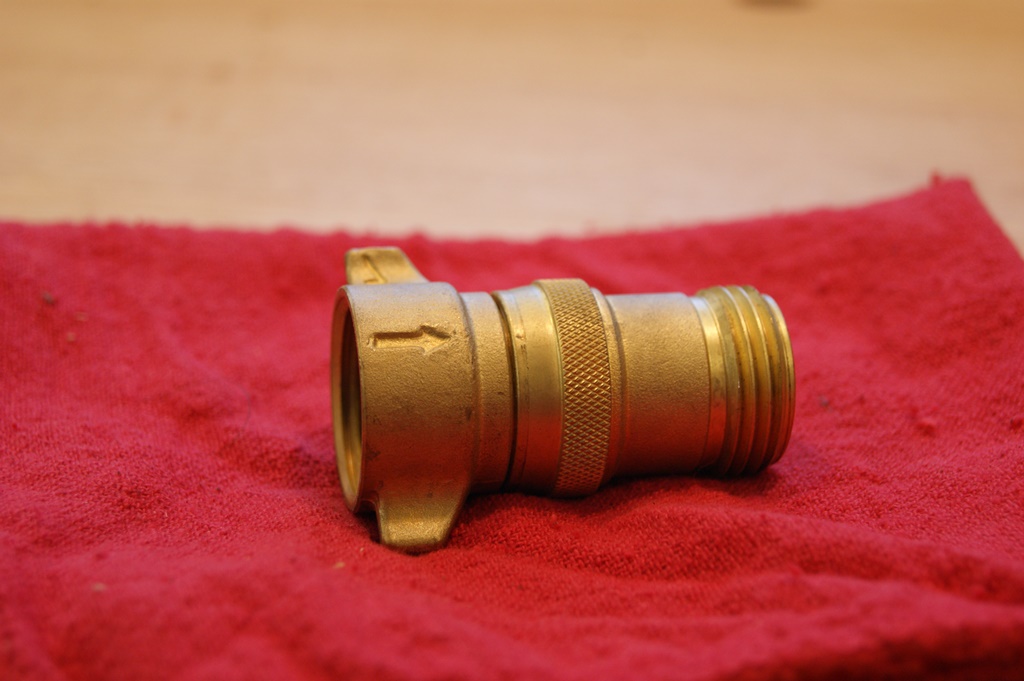





















:max_bytes(150000):strip_icc()/testing-water-pressure-in-your-home-2718692-04-c37ab3236d0d4b61b87079ebf9ef823e-c1e1ef0104fb44778a287bd9bb5ec140.jpeg)




/testing-water-pressure-in-your-home-2718692-hero-98f45508ca5d44b6b551034ac5cedab5.jpg)


